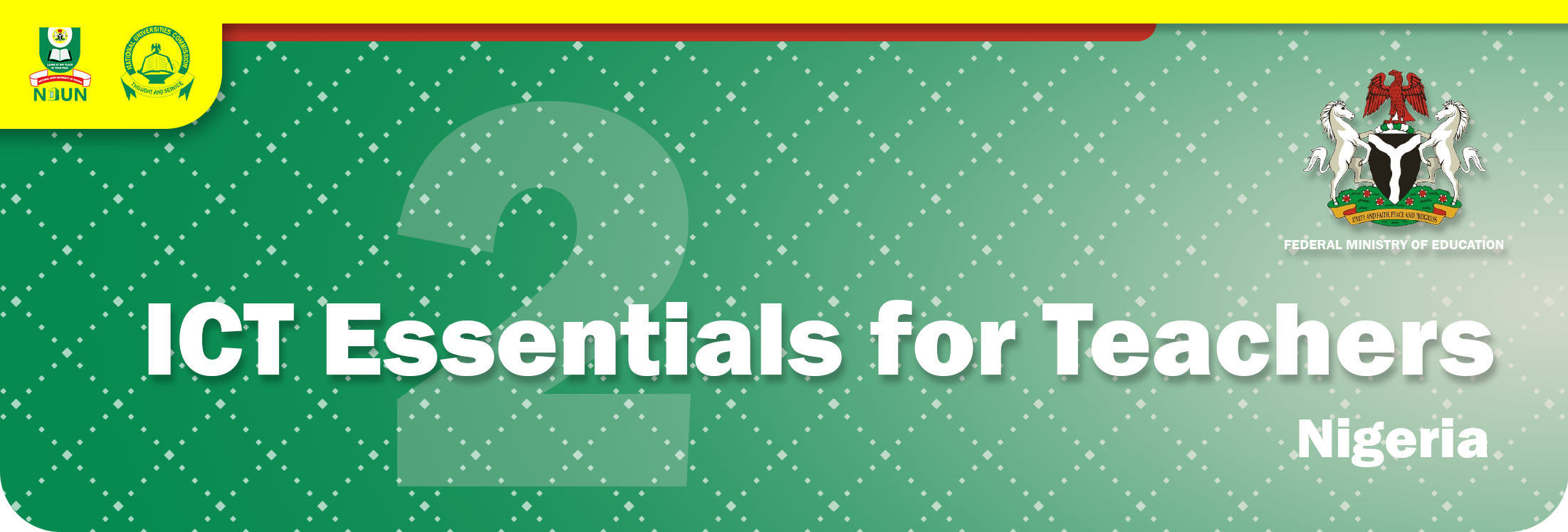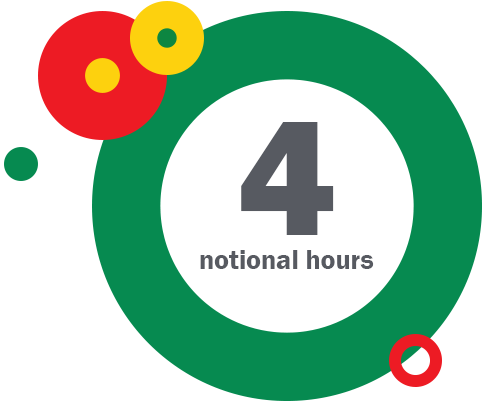General



![]()
We have seen from the previous unit that ICT can be used to support curriculum standards. In this unit we will examine how ICT can be used to support assessment processes. This unit will take you the different assessment types, and how to set rubrics and e-portfolio and the basics of online-proctoring.
![]()
By the end of this session, you should be able to:
Now that we understand what assessments are, and have investigated a few assessment tools, we need to explore at a deeper level how ICT can support your assessment needs as well as exploring the characteristics of an effective assessment strategy.
A rubric is a learning and assessment tool that articulates the expectations for assignments and performance tasks by listing criteria, and for each criteria, describing levels of quality (Andrade, 2000; Arter & Chappuis, 2007; Stiggins, 2001). Rubrics contain four essential features (Stevens & Levi, 2013):
(1) a task description or a descriptive title of the task students are expected to produce or perform;
(2) a scale (and scoring) that describes the level of mastery (e.g., exceed expectation, meets expectation, doesn't meet expectation);
(3) components/dimensions students are to attend to in completing the assignment/tasks (e.g., types of skills, knowledge, etc.); and
(4) description of the performance quality (performance descriptor) of the components/dimensions at each level of mastery.
Watch the short video below to get an understanding of what a rubric is.
· World Learning. (2018). What is a rubric? (CC attribution license - reuse allowed)Page
Now that you are clear on what a rubric is, the question is, how do you design a rubric? Review the seven steps below to find out more.
Kenyan ICT CFT Course. (2014). How to design a rubric (CC BY-SA)Page
· Review the video below which will provide you with some tips on how to create a rubric. Your next step will be to create one yourself!
· World Learning. (2018). Tips for creating a rubric (CC attribution license - reuse allowed)Page
An e-portfolio is a great way for students to show that they have acquired specific competencies. Instead of a summative examination, that focuses on the memorization of facts, a portfolio provides evidence that the students can 'do' the doing.
An e-portfolio is an online archive of student assignments and the products of various assignments. There are numerous online tools to help you organize and store these artifacts. Ideally the students should build and maintain their online portfolios.
Note for this unit you will be creating a portfolio for yourself using e-portfolio functionality available within the Moodle LMS. However, there are numerous alternative e-portfolios you can use. A popular e-portfolio platform, Mahara, can be integrated into many Learning Management Systems. Should you not have an institutional LMS read this blog post of available free e-portfolio options. Also don't forget you might customize DropBox or Google Drive to act as a basic e-portfolio platform.
In recent years, there has been a need to monitor students as they do exams online irrespective of their respective locations. Learners can sit at home and undergo high stakes summative assessments. This is made possible by the use of online proctoring tools. An online proctoring tool help lecturers watch people take an exam and make sure that they don’t cheat.
We trust that during this study unit, you have a clear understanding on the differences between diagnostic, formative and summative assessments. You should have a clear idea of some of the ICT tools which are available in creating these online assessments, both in terms of LMS and other assessment tools. We encourage you to explore further LMS and assessment tool applications so that you can find the best fit since certain tools lend themselves better to certain types of assessments than others.
The following OER have been adapted for use in this study unit:
![]()
ICT Essentials for Teachers (Nigeria) is licensed under a Creative Commons Attribution-ShareAlike 4.0 International License.
![]()
This course was made possible with the financial support of UNESCO.